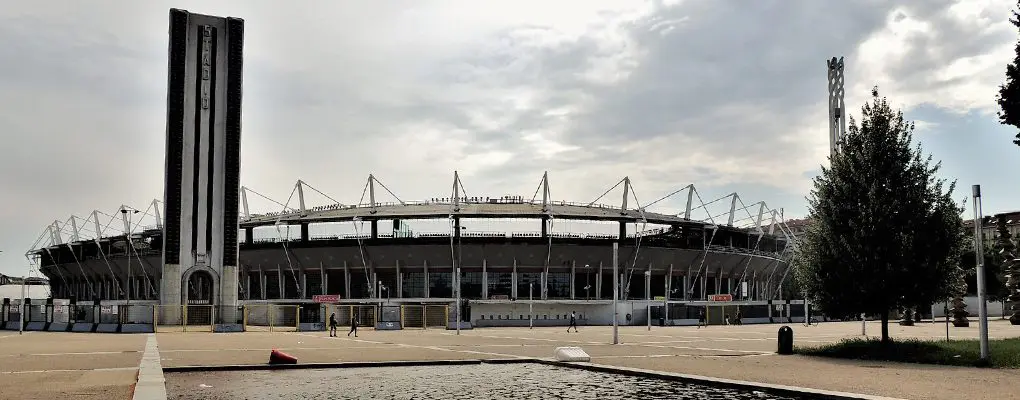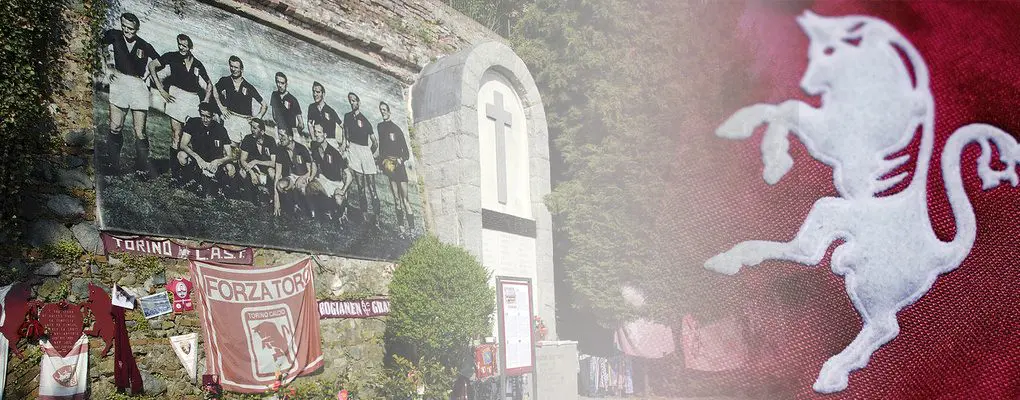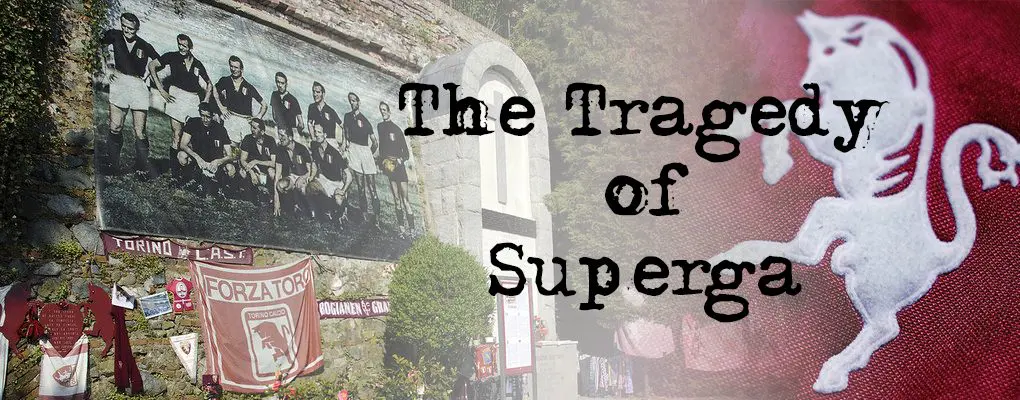May 4th, 1949. With four weeks to conclude the Italian league, Torino leads the table four points ahead of Inter Milan. The Granata squad is arguably the best team in the country, and their fifth national title in a row looks secure. But then, tragedy hits Torino. The airplane carrying the team home after a friendly match in Portugal crashes near the Basilica de Superga, in the North side of Turin. There were no survivors. The Tragedy of Superga disaster shook the football world, and changed its history forever.
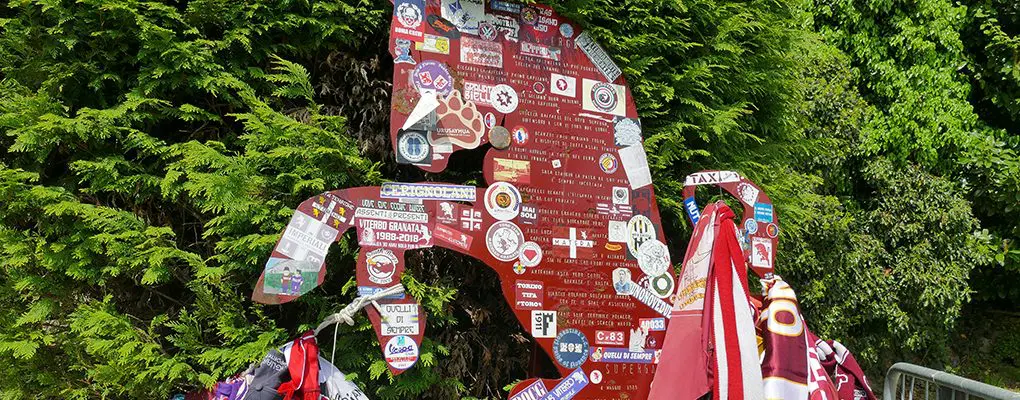
‘Il Grande Torino’
It all started in the 1940s. During World War II, the city of Turin was heavily bombarded over five years. It was a strategic point for the Italian army, full of industrial plants. Therefore, it was a natural objective for the Allied forces. But at the same time, a phenomenal football team was blooming in the city. But it wasn’t Juventus, who had conquer the hearts of all Italians during the 1930s. It was their local neighbours, Torino FC.
Adopting a revolutionising 3-2-2-3 formation and signing players who fitted that system, Torino became a powerhouse in just a couple years. Valentino Mazzola and Ezio Loik became the crucial signings that took Torino to the next level. Soon, the Italian national squad adopted the same formation and used Torino’s players who were accustomed to play in that way. Torino won the Serie A and the Coppa Italia in the season 1942/1943, the last one before the suspension of the Italian football league due to the war.
After football resumed, Torino won four league titles in a row, including the fateful 1949 tournament, when the Tragedy of Superga took place.
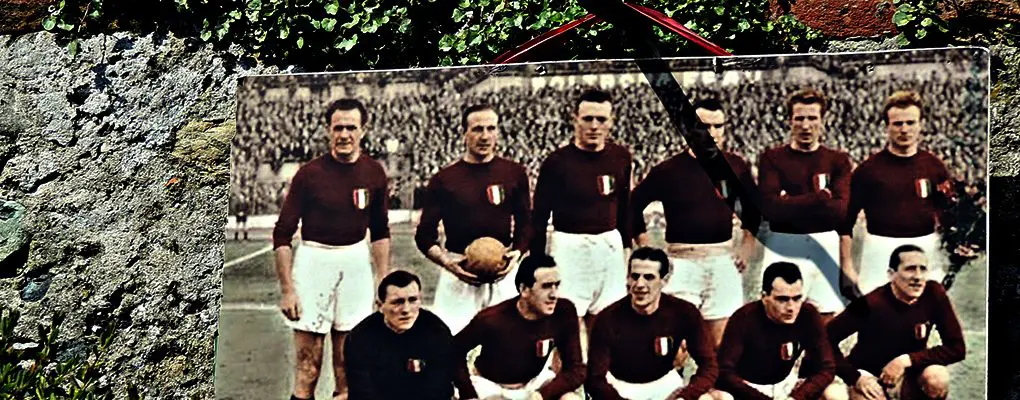
The Tragedy of Superga
At 5.05pm of May 4th 1949, an airplane crashed into the Basilica of Superga. Bad weather conditions, possibly combined with an altimeter failure, caused the accident. Moments later, authorities on the scene realised the ship was carrying Torino squad, coming from Lisbon after playing a friendly match against Benfica. 31 people lost their lives in the accident, with no survivors. Players, coaches, club staff and officials from Torino, but also three journalists and four crew members.
Sauro Toma, a defender, didn’t travel to Portugal because of an injury. He was one of the three team members who stayed in Italy and survived. The other two were reserve players. Club president Ferruccio Novo, the architect of the team, also stayed in Turin because he was sick.
One day after the tragedy, the Italian Federation named Torino honorific champions. A huge funeral took place in Turin, and it was reported that more than half a million people paid tribute to one of the best European teams of all time.
However, by the time of the accident, there were still four games remaining to conclude the season. Instead of forfeiting, Torino employed their reserve squad against their remaining rivals, who also lined up a youth squad. The Granata won all those games, and finished five points ahead of Inter Milan.
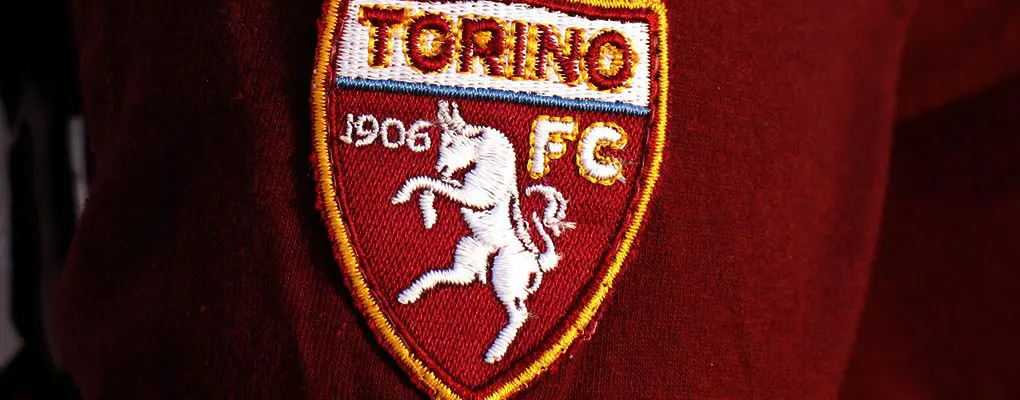
Connection with River Plate
22 days after the tragedy, River Plate offered to play a friendly match against Torino, to help raise money for the victims’ families. The Argentinian side, known as La Máquina, was a formidable team, too, featuring legends such as Alfredo di Stéfano and Adolfo Pedernera. The Torino Simbolo, as the home team was named for that special match, lined up an all-star selection comprised of the best players of the Italian league. The result was 2-2, and a special relationship between the two clubs was born. Two years later, River Plate was celebrating its 50th anniversary and invited Torino to play a friendly game in Argentina.
More than 70 years later, the connection between Torino and River Plate is still appreciable. The Italian side uses a diagonal sash in their away kit, a tribute to River’s home jersey. The South American club did the same, and occasionally employs a maroon shirt as an homage to Torino. Also, several players have donned both shirts with Enzo Francescoli being the most famous example.
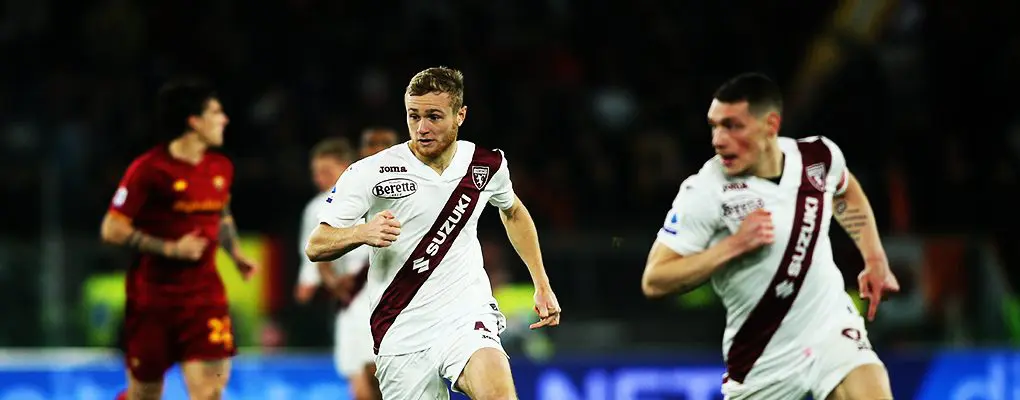
Book a trip to Torino FC
After the accident, Torino never recovered. The team that once sent 10 players to the Italian national team faded with the years, and local rivals Juventus regained their status not only as the best team of Turin, but the whole country, too. But Il Grande Torino was so special that left a mark in the city. Nowadays, the club jumps around Serie A and Serie B. They won a league title in the 1970s, but it was a brief moment of glory. Juventus, the bigger and richer club, repositioned itself again among Italy’s elite teams.
But although Juventus is the mainstream club, Torino maintains a special aura within the citizens of Turin. It’s a very popular team, despite the lack of titles in recent decades. There is a museum in the city, remembering the golden era of the team. And Torino’s Stadio Comunale was renamed to Stadio Olimpico Grande Torino in 2016. The Granata have switched venues a couple times, including Stadio Filadelfia when the accident took place, and Delle Alpi, which they used to share with Juventus.
If you want to visit a historical club full of soul, but away from the spotlights, Torino is your team. Book a trip to Torino now!
